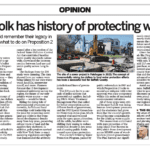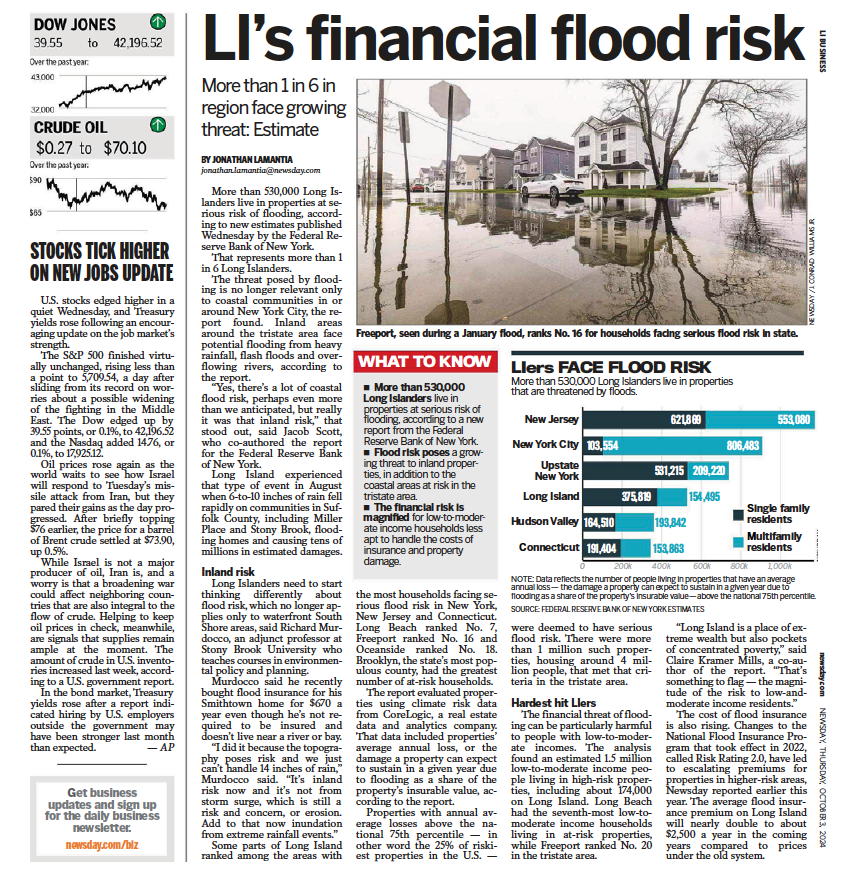It seems 2015 is hitting the ground running, with influential Long Islanders touting the need for more apartments, more sewers and the need to keep the region’s young people “downtown.”
From the comments of panelists, predictions to media by industry people and editorials, it seems that Long Islanders are on the same page – we need more real estate growth to jumpstart the economy. Unless we get moving on more projects and put more shovels in the ground, the economic consequences will be dire.
About four years ago, the trend regarding Long Island’s growth issues was that developers proposed projects that simply yielded too much density for their area’s accommodating infrastructure (the roads, sewers, etc.). The defacto argument against this type of growth was that the surrounding community could not bear the burden of development. Now, it seems that advocates and the projects they advocate are pushing for infrastructure upgrades to accommodate the proposals, which isn’t a bad thing in of itself, but an important question remains. Are these upgrades merely just mitigation fees – necessary improvements to offset the new proposed project’s impacts in the area?
At the end of the day, when many of these proposals are completed, Long Islanders will be right back where they started, except with a new, dense project. It seems development on Long Island is becoming a zero-sum game for the public.
A good example to apply this theory is Gerald Wolkoff’s Heartland Town Square proposal in the Town of Islip. The Sagtikos Parkway is slated to be widened to accommodate the project, but the Sagtikos was already under capacity before the project gained momentum. Once Heartland is built, the additional lanes will bring the level of service (traffic flow) up to match those of current levels to offset the demand being driven by the project. These current levels, as any driver during rush hour can attest, aren’t exactly stellar.
Long Islanders deserve to go beyond the zero-sum game of mitigation. We need to actually upgrade our systems, not just offset new self-generated demands. If the approval and construction of these projects is the new normal, the public may as well benefit, just as the developers are benefiting from the increases of density they are being given. Often, these density increases are justified as a public benefit by stating the housing will address the region’s supposed brain drain by providing workforce housing, and yet, Long Island’s rents are still abnormally high. If the infrastructure improvements are being made to offset project impacts, and the statistically shaky problem of “brain drain” isn’t being addressed, then what is the benefit?
By granting additional density, local government is, without explicitly stating it, assuring developers that their project will yield profits. These profits are being driven thanks to densities that go above and beyond as-of-right zoning, which often was created as the byproduct of urban planning justifications and resident desires. Perhaps the current process in Nassau and Suffolk counties isn’t so zero-sum after all.
One way to create a true public benefit on Long Island is to take some of the state’s economic development funding, a true windfall to the region, and instead of merely mitigating in anticipation of a project, actually conduct studies that forecast regional needs 10 to 20 years in the future. That way, residents will actually benefit from upgrades, instead of maintaining an already lackluster, regional status-quo.
A zero-sum game has no winners. Let’s wise up and actually begin to make some progress, which would be a win for us all.









